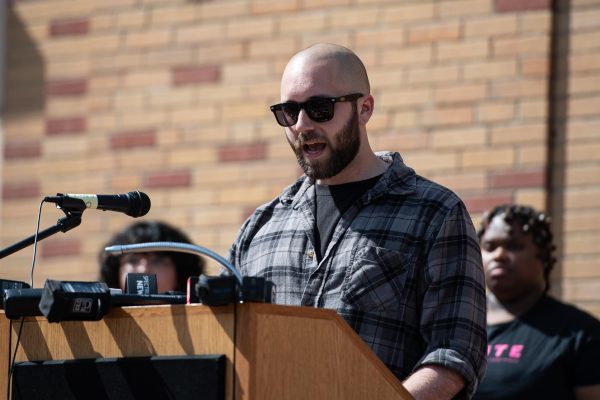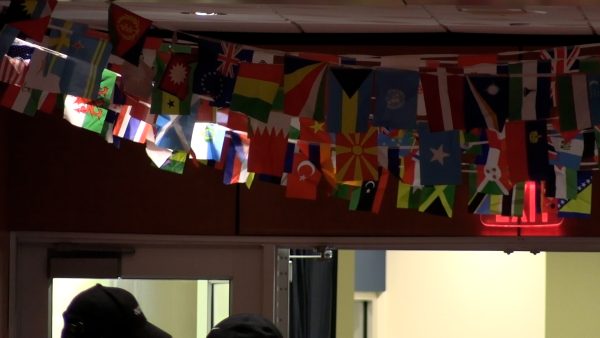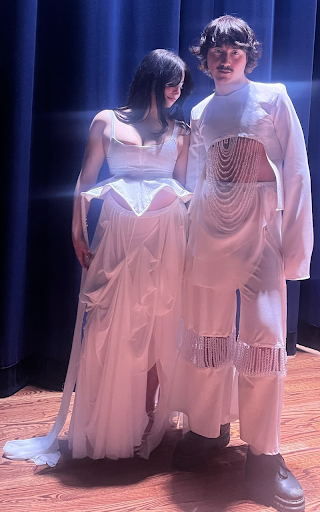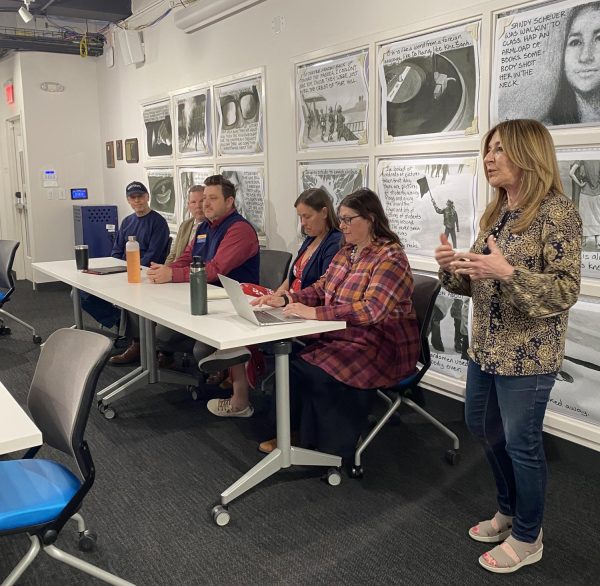Gamers finding adrenaline rush offline
January 25, 2007
WALNUT CREEK, Calif. (MCT) — Hearts hammering, 40 blue-tagged runners raced through the night, darting frenetically through hotel lobbies, weaving down increasingly empty streets and crawling, Ninja-style, through Golden Gate Park to flee an ever-escalating number of pursuers.
The adrenaline rush only subsided when they crested the last hill and caught sight of the roaring bonfire and glistening surf of Ocean Beach, and smelled the unmistakable sweet scent of s’mores.
There was a time when the words “alternate reality” conjured up visions of friendless geeks clutching game controllers. But there’s another world of alternate reality where games like SFZero happen in the real world, not on-screen.
It’s a world of untrammeled creativity, where city plazas and telephone booths become playing fields, players become creative superheroes, and suddenly, adventure is everywhere.
“It makes the world magical,” explained Kelly Revak, a folklore masters student at the University of California-Berkeley and one of SFZero’s top-scoring players.
This magical world emerged five years ago, when some creative game designers challenged folks obsessed by videogames like “Doom” to get up off the couch and go outside.
Using online instructions, the so-called puppetmasters conjured up physical challenges and insane puzzles that no one could solve alone, and wrapped up the package in a compelling narrative arc.
Suddenly there was a new genre that encouraged intellectual collaboration and creativity, and built far-flung, but tight-knit communities. And it did so using nearly every recent tech trend, from wireless communication to global positioning technology, social networking and You Tube.
“It puts the virtual into the reality,” said Berkeley game devotee Jean Bascom, “instead of the reality into the virtual.”
There are no murders or mysteries in SFZero. Instead, the game’s on-line puppetmasters – designers Sam Levine, Sean Mann and Miramonte High School alumnus Ian Kizu-Blair – send players out on missions that range from random acts of kindness to the epic midnight race they dubbed “Journey to the End of the Night.”
Instead of using a plotted narrative arc, like the precedent-setting 2001 game “The Beast” and 2004’s legendary “ILoveBees” did, the founders — all philosophy, comparative literature and liberal arts majors — were inspired by what they saw on MySpace and Facebook.
“Social networking had gotten big,” Kizu-Blair said, “and we realized that social networks all had stories in them. If the game was going to be in the real world, we didn’t want a fantastic story of androids. We wanted something normal, but beyond their everyday experiences.”
Instead of creating fictional superheroes, the game turned its players into fantastic versions of themselves and built communities of shared interests.
“We tried to create a really exciting experience for participants, and what they fantasize about doing,” Levine said. “Like being in a movie where you’re running away from strangers, and you don’t know why. The city turns into kind of a playground.”
San Francisco’s “Journey to the End of the Night” was so vivid that weeks after being chased through the night by purple-ribboned taggers — the fulfillment of every scary movie fantasy — players said their hearts still raced every time they saw the color purple.
Over the last year, Kizu-Blair and his team have crafted hundreds of other missions for their 800-plus members. And their players have added more.
Some are quirky, but simple. The Pop Tart Pop Art task, for example, had Revak turning toasty pastries into tiny Andy Warhol-esque paintings that looked like her arch-rival Oliver X — or his game icon, anyway.
Some involve a sort of gentle lunacy, like the Spork Hunt in downtown Berkeley.
Yet others require battle-scale strategic planning — as in last summer’s water balloon ambush of unsuspecting player Cameron Suey in Golden Gate Park.
The results were so glorious — squadrons of SFZero players cascading down the bucolic hills and popping up from picnic blankets – that a nearby birthday party joined in the fun.
“Love them, love them,” said Jane McGonigal, a nationally renowned game designer whose doctoral thesis devotes a chapter to SFZero.
“The work they’re doing is the most in touch with people’s interactive desires,” the ILoveBees designer said. “It combines the YouTube, blogger-maker culture, but at the same time the control of the puppetmasters. You feel like you have permission to do these strange things.”























